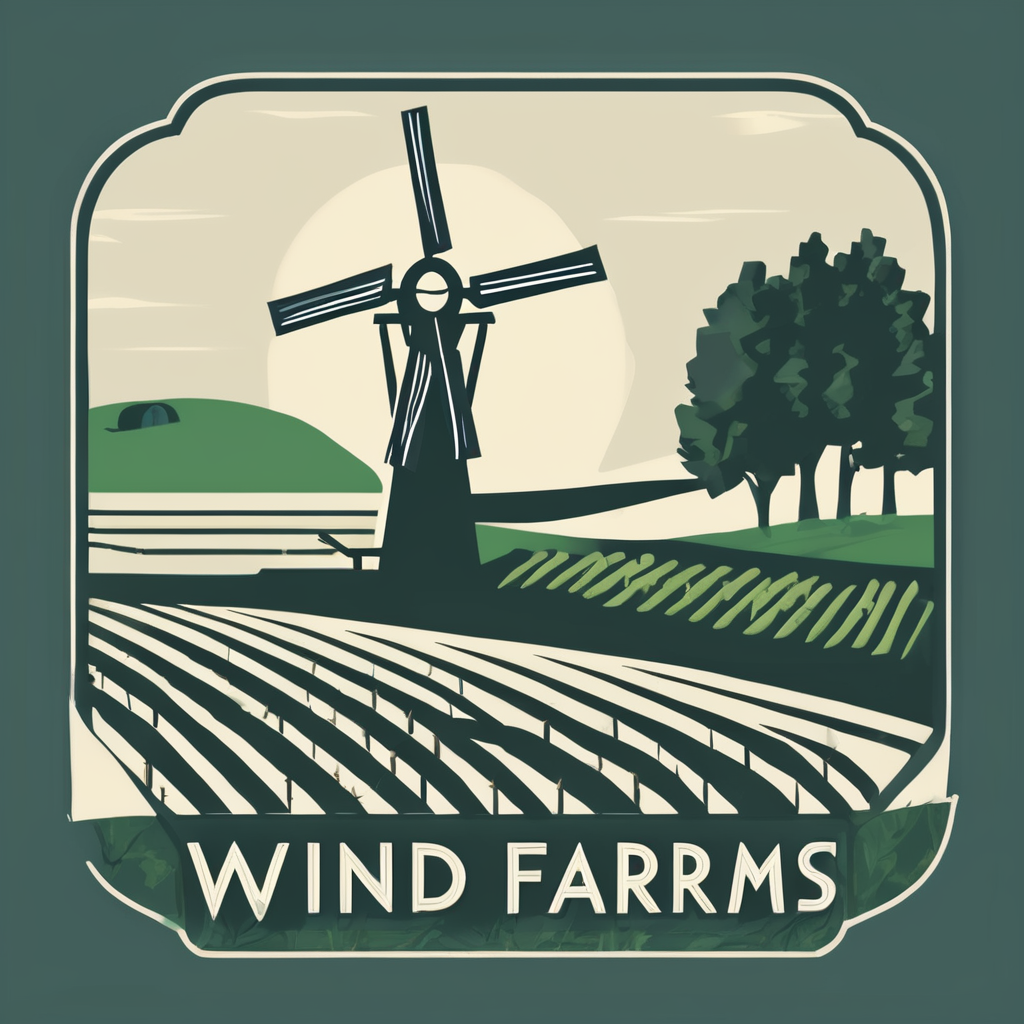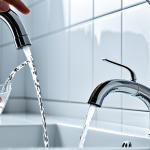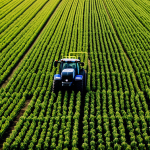Understanding Uneven Terrain Challenges in UK Gardens
When it comes to garden design in the UK, one of the most significant challenges is managing uneven terrain. The landscape of many British gardens is often characterized by slopes, hills, and varied elevation, a common feature that adds charm but also presents potential safety issues.
Common Types of Uneven Terrain
UK gardens may exhibit various forms of unevenness, such as gentle slopes, steep inclines, and even rugged surfaces due to natural formations. Such uneven terrain can be aesthetically appealing but requires careful planning to ensure it’s safe and functional, especially for families with children.
Also read : Revamp your uk loft: innovative cooling solutions on a budget
Hazards for Children
Uneven gardens pose distinct hazards for children, turning playtime into a risky adventure. Falls and trips are more likely on sloped or rocky areas, making it crucial for parents to assess these dangers. The risk of injury is heightened when children run or engage in active play on uneven terrain, reinforcing the need to address safety concerns preemptively.
Addressing Safety Concerns
Safety is paramount when integrating play areas into garden design. Ensuring that outdoor spaces are secure for children to explore lessens the likelihood of accidents. Incorporating solutions like stabilizing pathways and adding safe play surfaces can mitigate risks. Thus, understanding and addressing the challenges posed by uneven terrain in UK gardens is essential for creating a secure and enjoyable outdoor environment.
In parallel : Lush indoor gardens for charming uk homes: top tips for thriving low-light living walls
Choosing Appropriate Play Surfaces
When designing a garden on uneven terrain, selecting the right play surfaces is crucial to ensure safety and enjoyment. There are several options, each with its own advantages and challenges.
Types of Safe Play Surfaces
To accommodate the unique demands of uneven terrain, safety materials like rubber mats are popular due to their ability to absorb impact effectively. These materials provide cushioning, reducing the risk of injury from falls. Grass is a traditional choice, offering a natural look and feel, but it requires regular maintenance and may not provide ideal impact absorption.
Balancing Pros and Cons
Rubber mats are durable and low-maintenance, providing a level and resilient playground surface. However, they can be costlier than grass or mulch. Grass, with its aesthetic appeal, demands commitment to upkeep and can become slippery when wet, potentially posing safety concerns. A blend of synthetic turf and safety materials can offer an optimal solution, balancing aesthetics and functionality on uneven terrain.
Drainage and Maintenance Considerations
Proper drainage is essential to prolong the life of any play surface, especially in the UK’s variable climate. Ensuring that the chosen material allows for efficient water runoff will lessen erosion and maintain the stability of the surface. Regular maintenance, regardless of the material, is necessary to keep the area safe for play and to preserve the beauty of the garden.
Implementing Secure Play Equipment Installations
When installing play equipment on uneven terrain, prioritizing installation safety and equipment stability is indispensable. Uneven grounds present unique challenges that demand special attention to prevent accidents and ensure long-term usability.
Best Practices for Installing Play Equipment
To effectively install play equipment on sloped or hilly areas, it’s crucial to first assess the site’s condition. Understanding the terrain helps in choosing the right equipment and installation methods. Selecting adjustable equipment, designed to accommodate varying heights and angles, is recommended. This ensures that the play structures maintain stability even on challenging surfaces.
Importance of Anchoring and Stabilizing
Proper anchoring and stabilizing techniques are key to preventing equipment from shifting or tipping over. Use of deep-set concrete footings or specially designed anchoring systems can offer enhanced stability. This not only holds the equipment securely in place but also increases its safety, providing peace of mind to parents and caregivers.
Guidelines for Compliance with Safety Standards
Adhering to safety standards is essential. Ensure that all installations comply with local and national regulations, such as those outlined by the Royal Society for the Prevention of Accidents (RoSPA) in the UK. Regular inspections and maintenance checks are vital to confirm ongoing compliance, while also safeguarding the durability and user safety of play equipment.
Effective Leveling Techniques
When it comes to transforming a garden’s uneven terrain into a safe and visually appealing space, employing effective leveling techniques is essential. Whether you’re dealing with minor bumps or drastic slopes, proper leveling strategies ensure stability and usability.
Overview of Leveling Methods
Several methods exist for leveling uneven ground, each suited to different degrees of terrain irregularity. Grading is a common approach, involving the reshaping of soil to create a smooth, even surface. For more severe inclines, terracing can be employed. This technique involves creating stepped levels, allowing for more manageable gradients and aesthetic appeal.
Tools and Materials Needed
Successful leveling demands the right tools and materials. Basic equipment includes shovels, rakes, and wheelbarrows, essential for moving and spreading soil. For larger projects, renting heavier machinery such as rototillers or skid-steers may be necessary. It’s crucial to use high-quality materials such as topsoil and organic matter to promote drainage and plant health.
Case Studies of Successful Leveling Transformations
Leveling transformations can turn bumpy, hazardous areas into safe, functional landscapes. One notable example is a garden in the hilly regions of Sheffield, where terracing was used to create multi-level play spaces. This not only enhanced safety for children but also amplified the garden’s usability and appeal. Such examples underscore the efficacy and necessity of careful planning in addressing uneven terrain challenges.
Creative Design Ideas for an Enjoyable Play Oasis
Creating a play oasis in your garden can be a delightful project, especially when creatively working with uneven terrain. With thoughtful garden design, you can transform challenging landscapes into wonderlands that spur imagination and playfulness.
Incorporating Natural Elements to Enhance Play Experience
Utilizing the garden’s natural features can enrich the play experience. Boulders, trees, or small hills provide physical challenges that can be included in play areas. Consider using natural materials such as sand, wood, and pebbles to create diverse textures and play opportunities. These elements not only make the garden aesthetically pleasing but also engage children in sensory exploration.
Ideas for Creating Themed Play Zones
For a captivating garden, dividing the area into themed play zones is effective. Themes like “Enchanted Forest” or “Pirate Cove” can be designed using plants, structures, and natural features. On uneven ground, a series of paths and steps can guide children through different zones, offering a journey-like experience. Imagemaking elements like colourful flags, fairy lights, or painted rocks contribute to imaginative play.
Using Plants and Pathways to Guide Movement
Strategically placed plants and pathways can direct the natural flow of play. Use hardy, safe plants to line paths, providing direction and delimitation of space. Pathways constructed from stone, wood, or rubber can lead children safely over uneven terrain. Creative landscaping helps in merging functionality with stimulation, transforming a garden into a vibrant, playful environment.
Local Regulations and Safety Standards
Creating a secure play environment on uneven terrain isn’t just about innovative design; it’s also about adhering to Safety Regulations. Understanding and navigating local guidelines ensures that play areas are not only fun but also compliant and safe.
Overview of UK Safety Regulations
In the UK, specific safety standards are in place to protect children in outdoor play areas. These regulations are often guided by organisations like the Royal Society for the Prevention of Accidents (RoSPA), which provides comprehensive guidelines to ensure outdoor environments are safe. Compliance involves regular inspections, proper installation of equipment, and using appropriate materials.
Importance of Consulting Local Authorities
Before embarking on any garden design involving play areas, it is essential to consult with local authorities. This step ensures that all installations and landscaping efforts align with local planning permissions and safety guidelines. Engaging with these authorities early in the process can prevent costly modifications later on and guarantee public safety standards are met.
Resources for Staying Informed
To stay up-to-date with safety standards and practices, consider leveraging resources from local councils and safety organisations. Online databases and publications by RoSPA and similar bodies provide current information and insights into best practices. Regular reference to these resources can help garden designers maintain high levels of safety and compliance, ensuring peace of mind for parents and caregivers alike.






